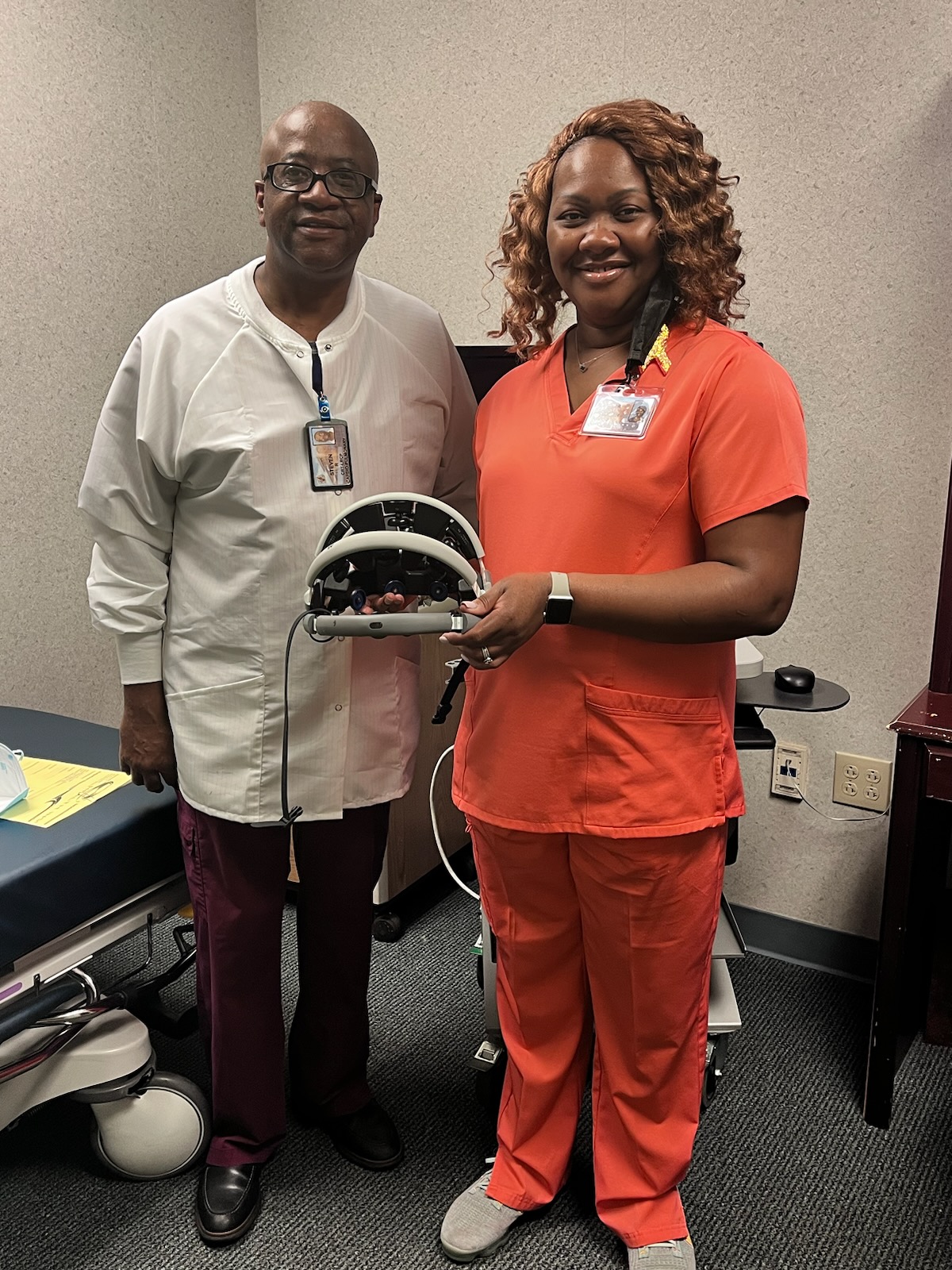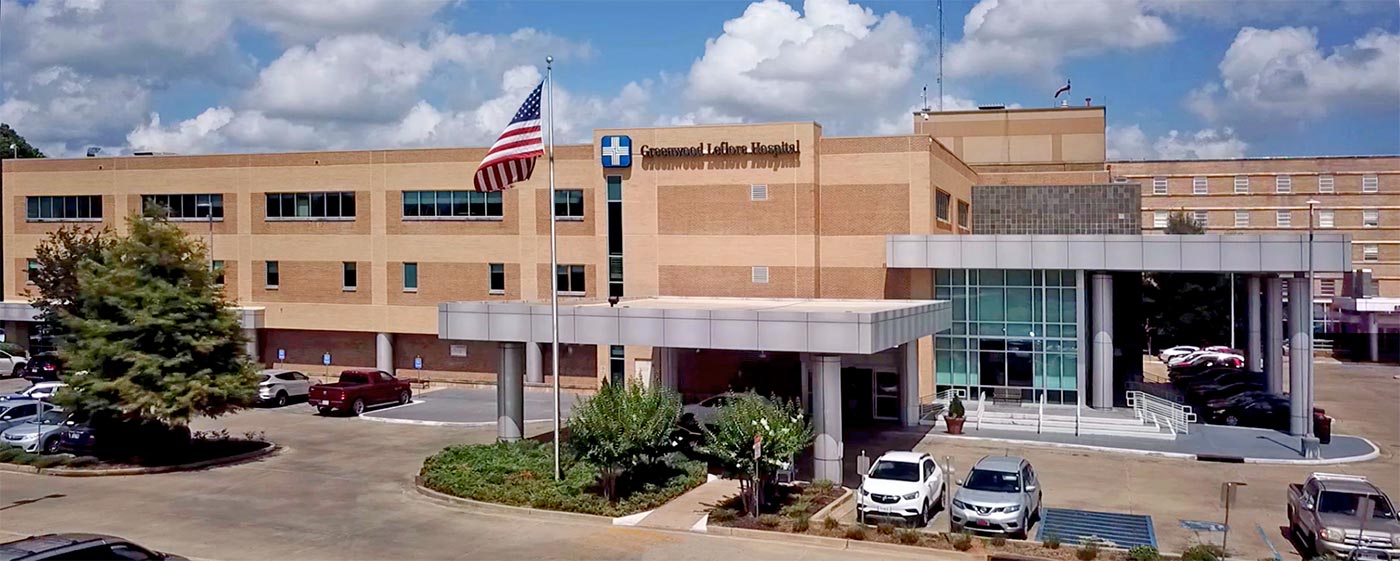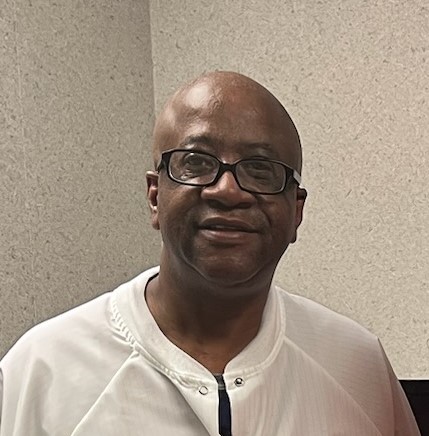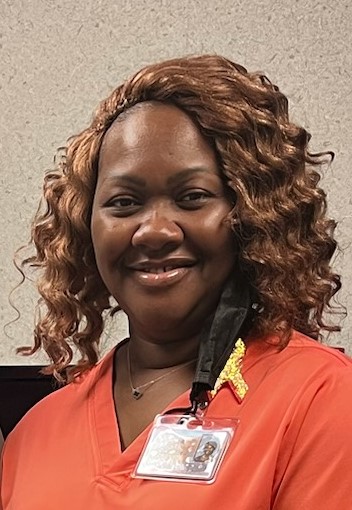Home » Case Studies » Steven Robinson,
Case Study
Greenwood Leflore Hospital, MS
Zeto EEG: Modern Technology Enhancing EEG Testing, Efficiency, and Patient Comfort for Small Community Hospitals – Greenwood Leflore Hospital’s Experience
Greenwood Leflore Hospital is a community hospital located in Greenwood, Mississippi. Founded in 1952, it is a member of the Mississippi Hospital Association. The hospital offers a range of medical services, including emergency care, inpatient and outpatient surgery, diagnostic testing, and rehabilitation services. The hospital is accredited by The Joint Commission.


Company Details
| # of Employees / FTEs | 518 / 350 |
| ER Visits (Estimated) | 22,400 |
EEG challenge for small community hospitals
Steven Robinson, director of cardiopulmonary care at Greenwood Leflore Hospital:
The biggest challenge of getting EEGs done in small community hospitals is the lack of EEG technologists. It can be challenging to obtain a traditional EEG—it requires specialized training. This lack of EEG technicians incentivizes ordering physicians to just send patients to a metropolitan hospital for EEG testing. From the physician’s perspective, it was just easy to send patients to Jackson or Memphis.
So, a lot of the little hospitals didn’t purchase EEG equipment or hire EEG technicians because they knew they would send patients who need EEG to a bigger hospital.
Our hospital, on the contrary, always wanted to offer EEG tests in our facility. We did not want to send patients 100 miles away for just this test.
Problem: time-consuming, interface and wires
Greenwood Leflore Hospital faced several challenges with their traditional EEG system, including time-consuming electrode placement, a complicated interface, and the presence of wires which caused artifacts in the EEG signal. The process typically took 20-30 minutes for each patient, and the hospital lacked an interface for the system, resulting in additional time and effort required to transmit data to neurologists and the hospital’s EMR system. Additionally, the wires caused discomfort for both patients and EEG technologists.
Solution: Rapid EEG technology – Zeto EEG
In 2022, Steven Robinson, the director of cardiopulmonary care at Greenwood Leflore Hospital, decided to explore a modern EEG technology solution: Zeto EEG. This innovative technology offers a new and more efficient approach to performing EEGs, with a shorter setup time and a cloud-based data platform for remote monitoring and review.
The Zeto EEG system comprises of two components: a hardware component, a full-montage EEG headset with single-use, dry electrodes placed according to the 10-20 system, and a cloud-based platform that allows for instant upload, video, live remote viewing, and all the features typically found in EEG clinical software. With Zeto, there is no need for skin prep, and the EEG setup can be performed in about 5 minutes.
Greenwood Leflore EEG technologists says Zeto EEG is easy and user-friendly
Steven Robinson, director of cardiopulmonary care at Greenwood Leflore Hospital:
“We have been using Zeto EEG for about 6 months now, and the results have been overwhelmingly positive. The EEG technologists who work with the device daily have reported that it is user-friendly and easy to use and that patients find it comfortable during the test. The Zeto helmet is designed with a futuristic look, and it is wireless, which eliminates the need to worry about artifacts caused by moving wires. The support provided by Zeto has also been exceptional, with quick and easy access to assistance via phone or email.”
Greenwood Leflore patients are happy with Zeto EEG
Patient feedback has also been positive, with no complaints reported. Patients appreciate that the Zeto helmet is not heavy and that it does not require the use of gel or paste. Many patients are familiar with traditional EEG tests and are pleased to find out that they do not need to worry about washing their hair after the test.
Greenwood Leflore doctors save time and aggravation
From a doctor’s standpoint, the Zeto EEG system offers a significant improvement over traditional EEG equipment. Greenwood Leflore doctors are now able to save time and avoid frustration. The physicians can remotely monitor the test from anywhere during and after recording, allowing them to review the results in real-time.
As a result, the turnaround time for reading and interpreting the test has significantly decreased, with doctors now able to review results the same day.
That’s why the turnaround time with Zeto EEG is outstanding.
Overall, the Zeto EEG system has been a valuable addition to our hospital. It offers a more efficient and patient-friendly approach to EEGs, while also providing high-quality results.
Mrs. Amber Brock, multi-skill technician at Greenwood Leflore hospital:
"As an EEG technologist, I find the Zeto headset to be a highly efficient option for conducting EEG tests. I appreciate the time savings that come with using the Zeto headset as compared to traditional EEG machines and single-use electrodes. With traditional methods, patients were often nervous and would move excessively during the setup, resulting in significant delays in the testing process. Additionally, the wires used in traditional EEG machines frequently resulted in artifacts in the EEG results, leading to the need for repeat testing, which was not well received by patients. Our neurologist Dr. Pande often asked us to repeat the test in these cases. The Zeto headset eliminates these issues and results in a much smoother and quicker testing process.
With the Zeto headset, the process is much quicker and streamlined. The helmet can be placed on the patient's head in just 5 minutes, and the entire testing process takes approximately 20 minutes. I appreciate that there are no additional preparations required such as gel or scrubbing, and the headset utilizes wireless technology, making it even more convenient. This has significantly reduced the time required for EEG testing and has resulted in improved patient satisfaction.
Learning to use the Zeto headset was not difficult. A representative from the company came to the hospital to provide training, and any additional questions we had were easily addressed through Zeto's customer support. They advised us that the process would become even faster and more efficient with each patient.
In terms of the quality of EEG tests conducted using the Zeto headset, I believe it to be exceptional. I find the machine to be highly effective and user-friendly.
Zeto's cloud-based platform is also easy to navigate and use. I do not find it difficult, even for those who may not be particularly computer literate. It is intuitive and user-friendly, and once learned, it is easy to remember how to use it."


